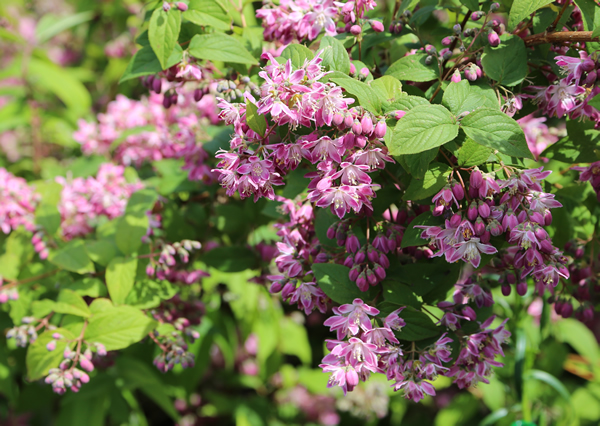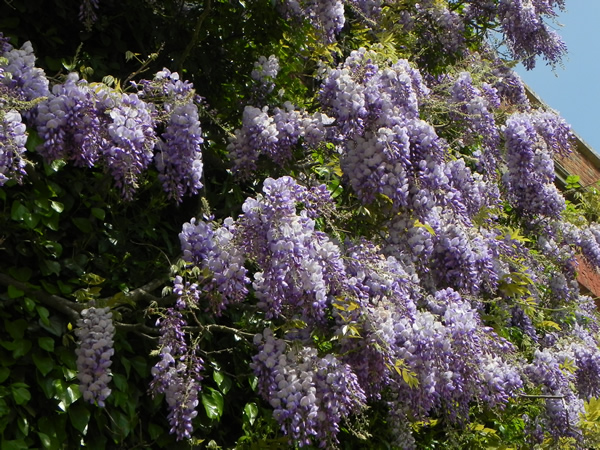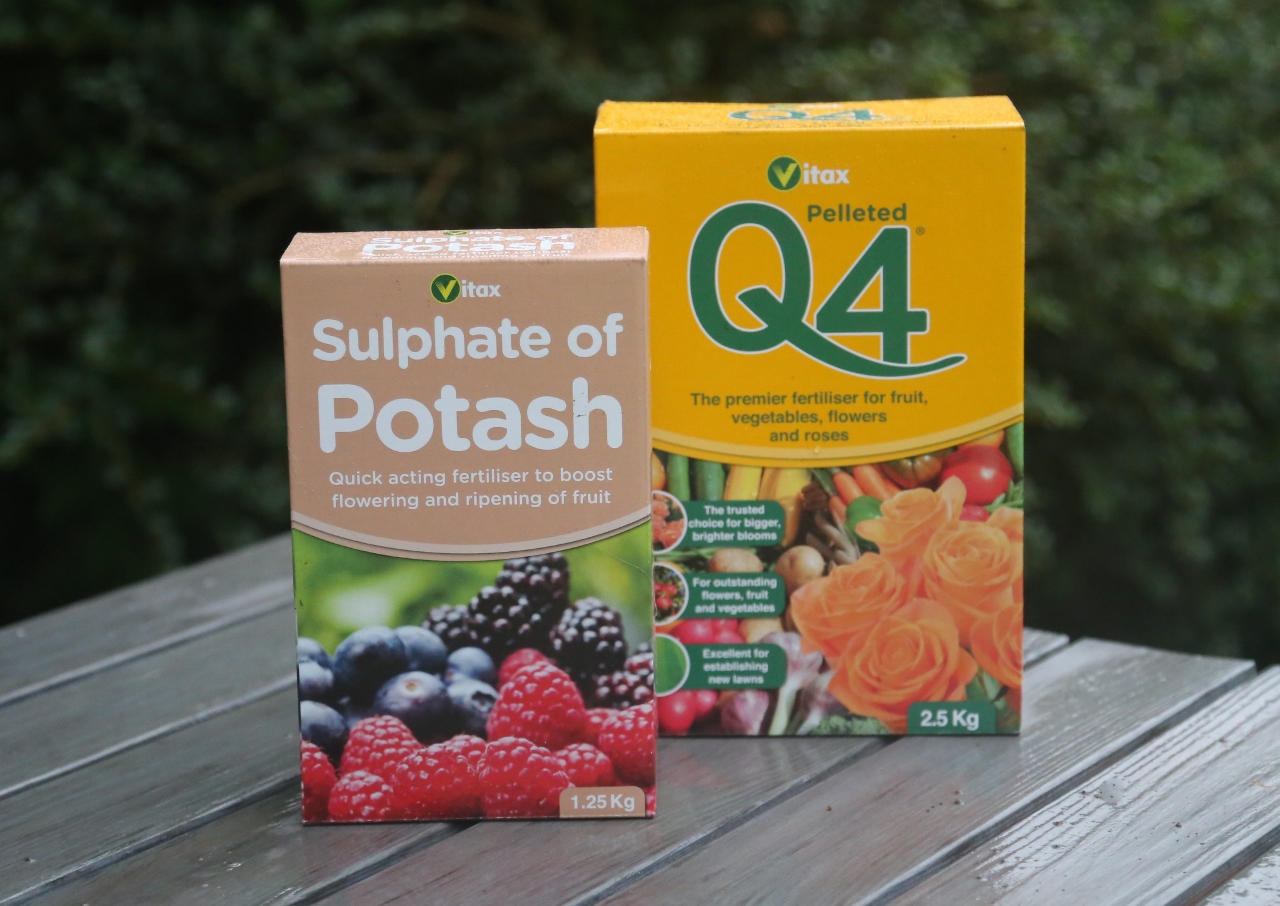How to Make a Shrub or Climber Flower
 Sometimes you plant a shrub or climber expecting a glorious display of flowers and it just refuses to perform. It probably grows quite well; maybe too well. Lots of leaves and not a sign of a bud or bloom. That lack of flowers can be for a number of reasons, so firstly establish if it is a result of something you are doing, or if it is a problem with the plant.
Sometimes you plant a shrub or climber expecting a glorious display of flowers and it just refuses to perform. It probably grows quite well; maybe too well. Lots of leaves and not a sign of a bud or bloom. That lack of flowers can be for a number of reasons, so firstly establish if it is a result of something you are doing, or if it is a problem with the plant.
Lack of flowers can be a result of incorrect pruning or snipping at the wrong time of year. As a rule all flowering shrubs are pruned soon after flowering, removing some of the shoots that have flowered and leaving new shoots to develop ready to flower the following season. If you prune a few months later you may well be cutting off next year’s flowers.
Wisterias are notorious for being stubborn to flower and this can be the result of pruning with a pair of shears, rather than cutting back the shoots in midsummer and midwinter to produce flowering “spurs”. These are short knobbly branches, like the ones on fruit trees that produce blossom and apples.
 Another reason may be lack of light. Most flowering shrubs and climbers need at least four hours of direct sunlight to bloom well. As gardens get smaller, shade becomes more of an issue. If parts of your garden are in shade throughout the day you must plant accordingly. Familiar flowering shrubs such as philadelphus, weigela, rosa and syringa may not be the best choice.
Another reason may be lack of light. Most flowering shrubs and climbers need at least four hours of direct sunlight to bloom well. As gardens get smaller, shade becomes more of an issue. If parts of your garden are in shade throughout the day you must plant accordingly. Familiar flowering shrubs such as philadelphus, weigela, rosa and syringa may not be the best choice.
Lack of flowers can also be a result of feeding. High nitrogen fertilisers such as farmyard and stable manure stimulate leaf growth which can be at the expense of flowers. So if a plant is particularly lush and leafy and you know you applied lots of manure recently, that could be the reason.
So what’s the solution?
 Firstly do not prune. Leave the plant alone for a year at least.
Firstly do not prune. Leave the plant alone for a year at least.
Secondly do not feed with a high nitrogen fertiliser, especially one which releases nitrogen into the soil quickly such as farmyard manure or Growmore.
Then lightly cultivate the ground around the plant to remove any weeds or competition and apply a couple of handfuls of Sulphate of Potash and water it into the soil surface lightly.
Sulphate of potash not only stimulates flower production, but it also hardens growth and increases the plant’s resistance to cold. You can do this at any time, however autumn is ideal, especially for later flowering subjects such as hydrangeas and hibiscus. In the case of wisteria, flower buds will already have been initiated, so it may not be effective until the season after next, rather than next spring.
To ensure that your flowering shrubs and climbers get all of the nutrients they need feed once a year with Vitax Q4 Fertiliser. The pellets are easy to apply and can be scattered around plants in early spring, then gently worked into the surface using a hoe.
Vitax Q4 fertiliser is especially beneficial if a shrub or climber is reluctant to flower and is ideal applied three to four months after you have applied sulphate of potash. You can use it on anything apart from lime hating plants which should be fed with Vitax Conifer and shrub Fertiliser.
Still no flowers?
In most cases the above treatment will work and an annual application of Vitax Q4 is all that is needed to keep your plant blooming year after year. Occasionally it is just a plant that will not flower: then it is time to replace it with one that will perform. That’s gardening!
Find a stockist near you
To check if the product you require is in stock, please contact the retailer prior to visiting.
Your login details have been used by another user or machine. Login details can only be used once at any one time so you have therefore automatically been logged out. Please contact your sites administrator if you believe this other user or machine has unauthorised access.












